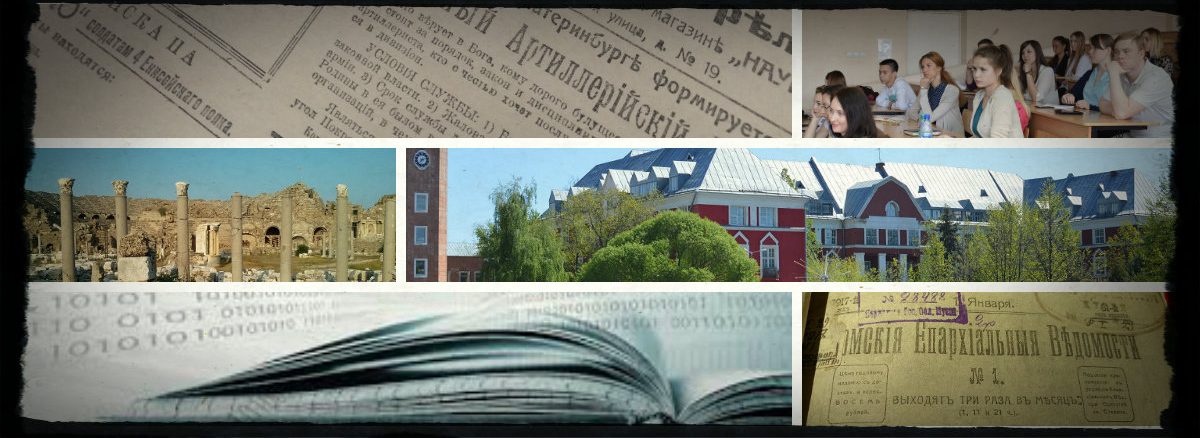The Uffizi Galleries first brought together three extraordinary museum complexes in 2014. Together, these three structures contain the core of the collections of art, precious artisan-made objects, books, and plants belonging to the Medici, Habsburg-Lorraine and Savoy families. It is a stunning collection of treasures dating from Antiquity to the 20th century, and over the years, it has contributed to the fame of the Uffizi, Pitti Palace and Boboli Gardens. Since the Renaissance, these three museum sites have been connected to one another by an ingenious construction, the Vasari Corridor, and together they form one of the most important, most visited culture hubs in the world.
Город: Флоренция
Galleria dell’Accademia di Firenze
La nascita della Galleria risale al 1784, quando il Granduca di Toscana Pietro Leopoldo riorganizzò l’Accademia delle Arti del Disegno, fondata nel 1563 da Cosimo I de’Medici, nella moderna Accademia di Belle Arti. La nuova istituzione occupò i locali del trecentesco Ospedale di San Matteo e quelli del convento di San Niccolò di Cafaggio. Il museo si arricchì con le soppressioni delle chiese e dei conventi ordinate da Pietro Leopoldo nel 1786 e da Napoleone Bonaparte nel 1810. L’evento decisivo per la storia del museo fu il trasferimento del David di Michelangelo da Piazza della Signoria nell’agosto 1873. La scultura più celebre del mondo attese nove anni, custodita in una cassa di legno, la conclusione della costruzione della Tribuna progettata dall’architetto Emilio De Fabris per accoglierla. L’odierna Galleria dell’Accademia fu istituita nel 1882.
Museo Galileo
In recent decades the Istituto e Museo di Storia della Scienza has greatly expanded. The visibility of the museum has soared thanks to its numerous activities and to the temporary exhibitions it has organized, many of them highly successful on an international level. The museum has thus come to the forefront in the public eye, overshadowing the activities of research and documentation; and this despite the impressive growth of the library, the intense promotion of research, the publication of numerous journals and volumes, and, last but not least, the massive investment over the last twenty years in information and communication technology, thanks to which digital archives of vital importance for research in the history of science have been created.
A few years ago, an ambitious project was launched for rebalancing the institution’s many different fields of operation – research, documentation, publishing, advanced training, preservation of scientific heritage, showcasing the museum’s large collections, disseminating scientific culture, organizing events, conferences and exhibitions, and so on. This project has reached its conclusion on June 2010 with the inauguration of a museum the premises and contents of which have been radically renovated. It is fitting to begin this new stage by adopting a new name: Museo Galileo. The subtitle, Istituto e Museo di Storia della Scienza, provides a link to its earlier history and shows that the activities of documentation and research have always been, are now and will continue to be, the focus of highest attention.
